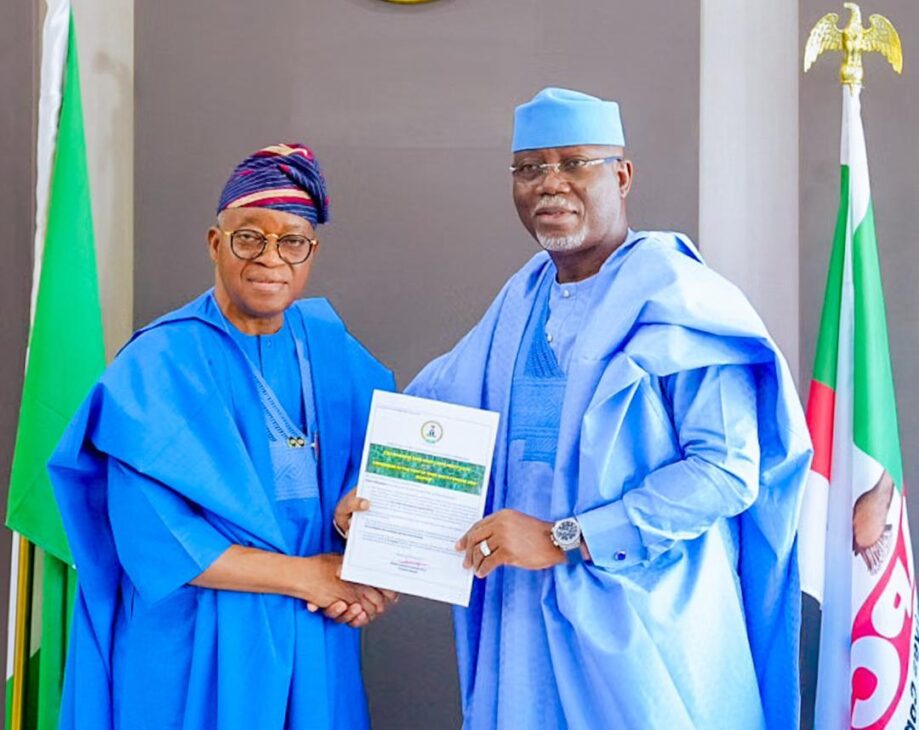Recent outbreaks of Marburg virus, Mpox and the latest strain of avian influenza (H5N1) are a stark reminder of the world’s vulnerability to pandemics. In 2024 alone, 17 outbreaks of dangerous diseases have already occurred. Each new outbreak exposes fault lines in the existing pandemic prevention architecture and global readiness to respond to disease outbreaks.
A plethora of risks increase the likelihood of new pandemics according to a new report from the Global Preparedness Monitoring Board (GPMB). The report, launched at the 15th World Health Summit in Berlin, outlines 15 key drivers of pandemic risk, categorized into five distinct groups: social, technological, environmental, economic, and political.
GPMB, an initiative supported by the World Health Organization and the World Bank, tracks the drivers of pandemic risk and oversees global preparedness. The report stresses the urgency of understanding the global vulnerability to threats and calls for a radical reset of the collective approach to pandemic preparedness.
Lack of trust between and within countries, inequity, intensive farming and the likelihood of human to animal crossover are among the key threats outlined in the report. The report also identifies new risks outside of the traditional health factors.
Digital connectivity has enabled scientists to quickly sequence and share pathogen data and tailor responses ever faster. However, this digital footprint leaves health systems and societies exposed. Cyber-attacks, heightened biosecurity threats, and the rapid spread of misinformation all increase the risk of a pandemic.
“The next pandemic won’t wait for us to perfect our systems,” said Joy Phumaphi, GPMB Co-Chair and former Minister of Health to Botswana. “We must invest now in resilient and equitable primary healthcare systems to withstand the challenges of tomorrow.”
The report identifies the complex and interdependent factors which shape the risk of pandemics. However, it also stresses that willingness to build flexibility into the response, proactively protect society and invest in collaborative efforts can significantly reduce risk and enhance preparedness.
To effectively protect themselves, all nations must strengthen their health systems, prioritize social protection, and ensure that essential health services are available to all communities, particularly the most vulnerable and disadvantaged. GDP alone is no measure of resilience to a pandemic.
Preparedness should incorporate strategies spanning across the human, animal, and environmental health interfaces. The report calls for increased collaboration across sectors to mitigate risks associated with pandemics, recognizing that the health of one sector is intricately linked to the health of others.
“We have a narrow window of opportunity to rethink global preparedness: to assess risks that extend well beyond the health sector, and to address some of these far more proactively, in a way that is adapted to each context,” said H.E., Ms. Kolinda Grabar-Kitarović, GPMB Co-Chair and former President of Croatia. “Vigilance, adaptability and collaboration must define our preparation now, so that is it baked-in to the response.”
The report provides a framework for policymakers to adapt existing health strategies and enhance protective measures against future pandemics. This includes ensuring prevention and response plans are regularly reviewed and flexible enough to respond to all situations. The next pandemic will not follow the same path as COVID-19, lessons learned from that experience should guide but not define preparedness.
Resilience in future health emergencies is contingent on investment in research and development, improved technology, equitable health infrastructure and an enhanced understanding of the dynamic nature of all pandemic risk drivers. In today’s interconnected world, the global community must take collective responsibility for prevention and response to disease, rather than considering preparedness as an individual country or sector-level activity.
The report is available on the GPMB website.
Credit: WHO






























































